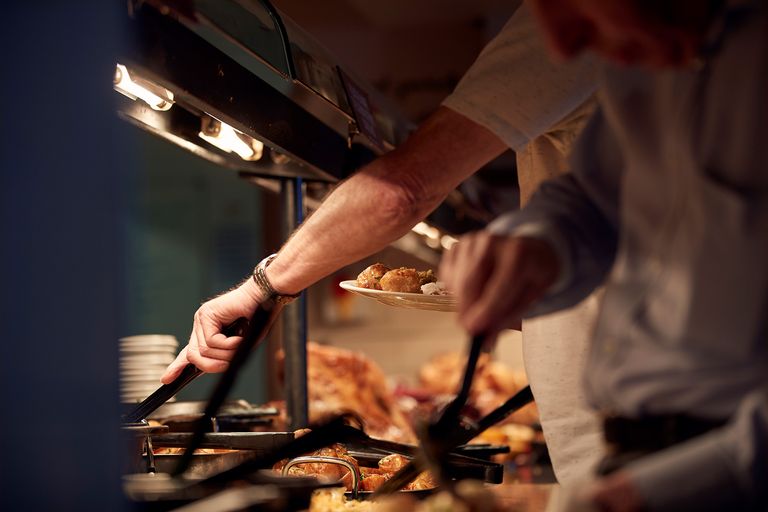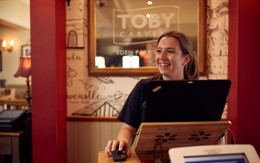Then in September 2006, we raised a further £1,105m to increase our securitised debt by £655m to £2.46bn and refinance existing Floating Rate Notes of £450m. The current cash interest cost is 6.3%.
The pubs within the securitisation are owned by Mitchells & Butlers Retail Limited, a 100% owned subsidiary of Mitchells & Butlers plc which has a financial year end in line with the Group. The performance of the securitisation pubs is reported half yearly in line with Mitchells & Butlers plc Interim and Final results in May and November respectively.

Classes of debt in MAB securitisation
Things are continuously changing, and we’re keeping a close eye on our business securitisation and debt – and keeping you informed along the way.

Key terms of our securitisation
From debt service and dividends all the way to net worth, find out everything you need to know about the key terms used within our securitisation at Mitchells & Butlers.

Amortisation profile
Learn more about the bonds of Mitchells & Butlers and their legal amortisation profiles. A summary is also available to download, if you’d like to keep a copy.

Reports & Results
Anything you need relating to the various announcements and presentations of Mitchells & Butlers – including the Interim Investor Report and Financial Compliance Certificate – can be found here.








